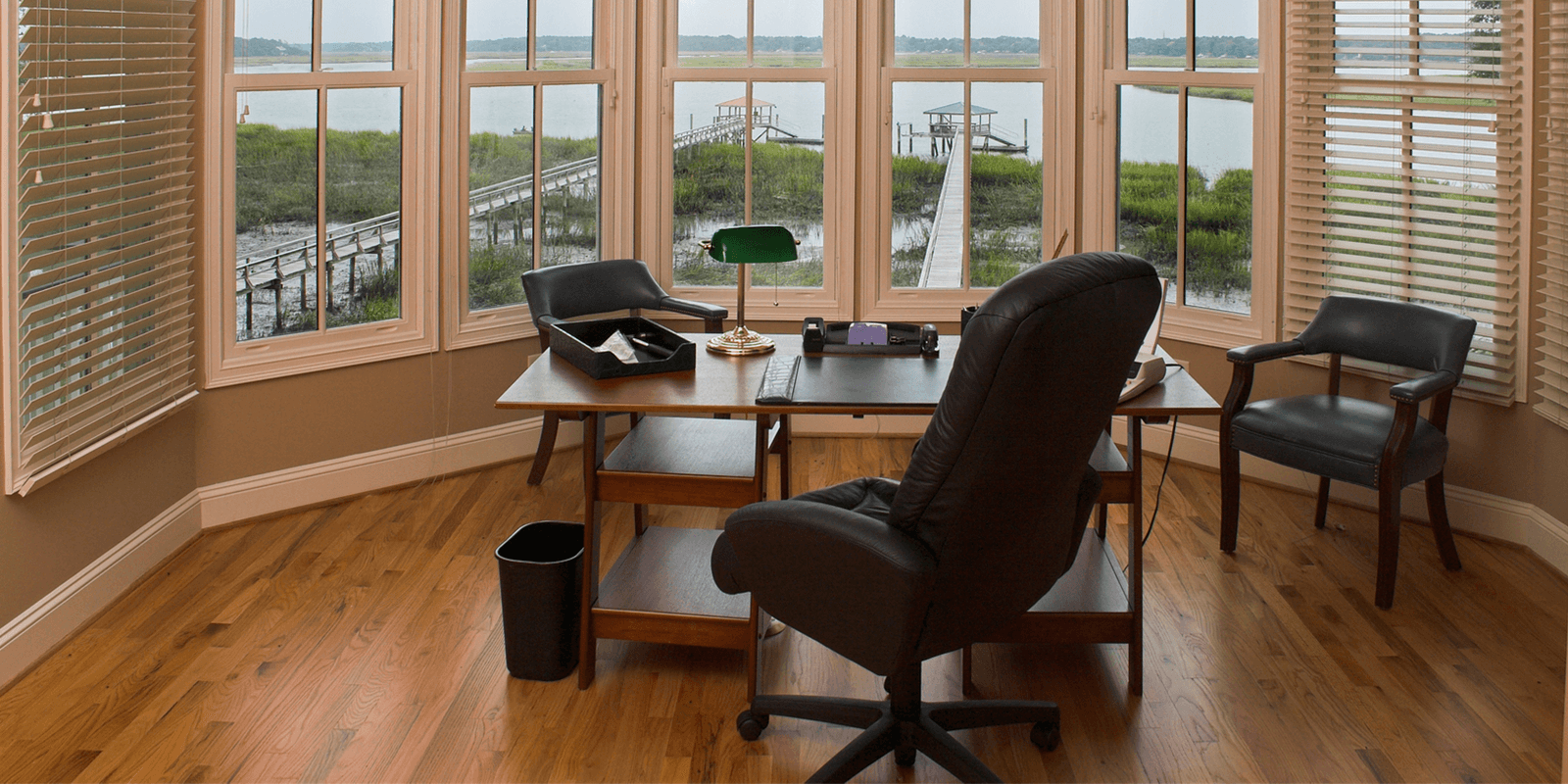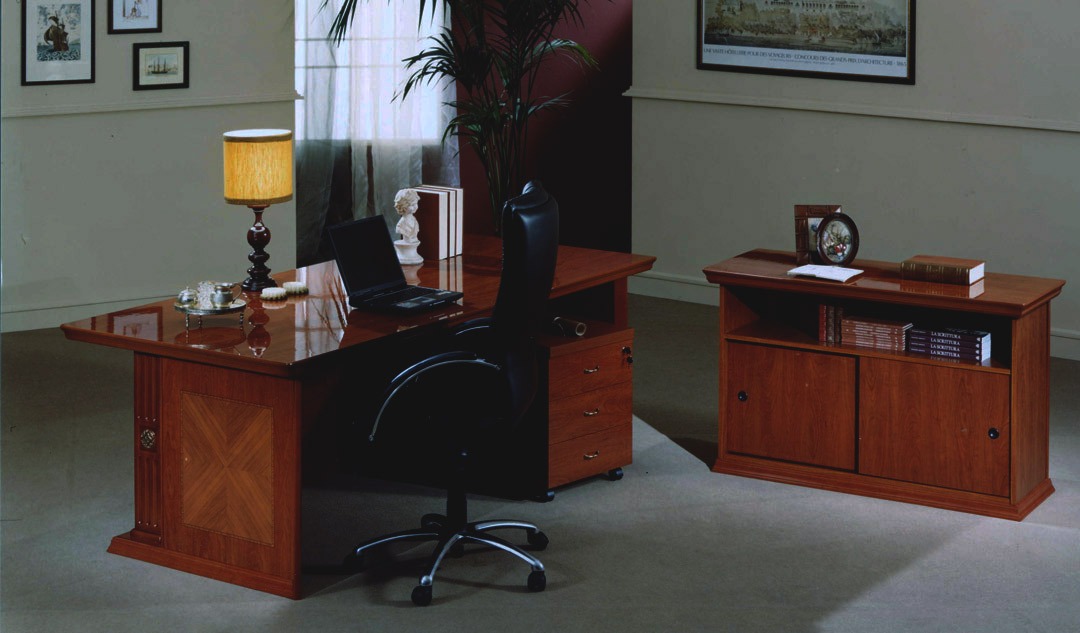
Tips to Create Your Home Office
“Tips to Create Your Home Office” One of the many benefits of working from home is the freedom to design your own office space, which allows you to achieve a better work-life balance and eliminate the need for a daily commute. A home office gives you a great deal of flexibility and control. What colour chair do you want? Don’t be afraid to try! Do you want a striped look on your walls? We’d love to have you as a guest! Regardless of how you choose to furnish or arrange your home office, we’ve got some pointers to assist you in making it a productive place to conduct business from.

1. Find the Best Place
When it comes to deciding where to put your home office, some folks don’t have a problem. They’ve got a designated office area in an empty room that they’ve rented out. Although many individuals prefer to work from home, an empty bedroom or even the basement can serve as an office. However, hardly everyone’s house has so much unoccupied room. With little room, you must think outside the box when it comes to your “working space.”

If you don’t mind rearranging your office every time you eat, you can use a portion of your kitchen table as a work area. Resetting your work every time you eat may not be something you’d like to do. If that’s the case, you’ll need to get creative with the space you do have. The underside of the staircase, spacious (but underutilized) closets, and disused areas are all good places to look for hidden storage! You can turn nearly any room into an office with a bit of imagination.
2. Make Yourself More Confidential
As a bonus, if you’re lucky enough to have a dedicated workspace, you’ll likely have walls that extend from floor to ceiling and doors that shut. That makes it easy to find seclusion and quiet. In other cases, though, it may be difficult to keep business and home life distinct if your office is located in an awkward spot in your bedroom, for example.
Make your home office more private by putting up a privacy partition. Traditional floor-standing divisions are available. Hanging a drape from the ceiling or a pole is another option. It’s easy to “close the door” to your office using curtains, which are both light and inexpensive. There are many options for curtains, and you may choose something that blends in seamlessly with your design. Alternatively, you might go wild and crazy with your “door.”
When planning your home office, keep in mind who else will be using it and make your selections for space and furniture in that manner. In addition to working from home, will your children be able to do their schoolwork in the office? Two persons can work at the same desk simultaneously in a “partner desk” arrangement.
Do you have any customers? It’s possible to meet them in your living room, but that may not be the most excellent option all the time. Include seating and table space for your customers as well.
3. Put Yourself First
Making the financial commitment to set up a home office is an investment in your future self. Your goal is to establish a work environment that is both productive and pleasant for you.
4. Emphasize Ease and Relaxation
It’s all too easy when you’re working from home to settle into a chair from the dining room. Sitting at a computer for long periods without adequate back support is a surefire way to develop bad posture. When sitting for lengthy periods, ergonomic office chairs provide the necessary support. Investing in a comfortable chair for your home office is an investment in your well-being.
When shopping for an ergonomic chair for your home office, Brown recommends looking for the following:
- Adjustable height
- The base that rotates 360 degrees
- Seat depth can be adjusted.
- Integrated lumbar support
5. Get the Desk You Need
A lot of time is spent at your workstation when you work from home. As a result, you’re looking for a desk that’s both affordable and functional. It would help if you also had a desk that keeps you comfortable throughout the day to be more productive.

In an interview with Bush Business Furniture, Dave Hulst explains that “sitting and standing all day can bring both aches and pains, as well as long-term health difficulties.” Instead of a standard “fixed” workstation, consider buying a standing desk, which can take some getting used to. An ergonomic height-adjustable desk allows you to sit when you’d like and stand when you’d like, all with the press of one button.”
Standing desks may be preferable for you to sit at workstations for various reasons. It’s time to face the facts. We spend most of our days sitting down. Nothing is good for your health more than sitting at a desk all day and eating a few snacks. A growing body of research suggests that standing desks are healthier than sitting ones. According to one study, standing for six hours a day instead of sitting at a desk led to a 5.5-pound weight loss over a year. While not the same as an hour in the gym, a standing desk may have long-term health benefits.
6. Documents That Should Be Protected
Storage options such as shelves and cubbies aren’t always the best option for everyone. Leaving confidential documents around the office, especially in a shared area, isn’t a good idea.
7. Management System
Purchasing a cord management system is a wise decision. Make sure you use whatever you obtain, whether a simple twist tie or something a little more refined. Think about where the outlets are while setting your shop in a dedicated yet public location. Power strips and extension cords may have to be run across the floor if there are few other options. Make sure you find a safe manner to accomplish it if that’s the case (like with cord covers).
Consider the Wi-Fi when you’re setting up the wires. On days when you’d prefer to work from home rather than the office, that’s an option. If you’re planning to work from home or even outside on occasion, ensure your router has a robust connection. Even if you’re working on the patio, you’ll need some Wi-Fi extender or mesh system to make sure you’re connected while doing so.
8. Natural Light
Many people ignore the importance of light in a home office design. Why is it such a massive deal that most work is done on computers when screens (and even keyboards) light up?
You’ll have to work harder to keep your eyes from becoming fatigued if your office lacks adequate lighting. This eye strain might lead to headaches in the long run, which makes you a less effective employee.
Get as much natural light into your home office as possible. It can make you feel better and, in some cases, increase productivity. You can’t go wrong even if you only use natural light to illuminate your workspace.
9. Learn to Control Your Electronic Devices
Wires dangling from your desk and snaking all over the place make a home office appear and feel messy. Use these simple tricks to hide your desk connections and regain control of your technology:
- Installing a wireless router will cut your cable clutter in half.
- Invest in a wireless printer and a wireless mouse for your computer.
- Incorporate a grommet into your desktop to route any wires from your workstation to the floor below.
- Keep all of your desk’s cords hidden under your desk or along a leg.
- Get rid of all the loose wires on your floor by using this cord-tamer.
10. Personalize & Accessorize your content
Don’t skimp on your personal style! The best thing about working from home is that you get to design and decorate your own workspace. Consider the look and feel of your home while deciding on a home office.
Consider what motivates you. There are a variety of things that can inspire you, from a piece of art to a collection of knickknacks. When designing your home office, incorporate these unique touches. Your day will be brightened by it, and you’ll feel like you’re at home.
Make sure to use the proper lighting when natural light isn’t an option or when you need additional light. Overhead lighting may seem like the best option, but it might cast a glare on your monitor or work surface, making it difficult to see. A task lamp can help illuminate a specific area. When working at your desk, you’ll want a task lamp with a solid shade that directs the light straight there.
Even so, indirect lighting may be the best option for you. The light from indirect sources is diffused by lamp shades or diffusers, reducing glare and fatiguing the eyes. Just make sure the light isn’t too diffuse; if it is, you might have trouble seeing what you’re doing.
Creating a home office can be done in various ways and any location. No matter where you decide to set up shop, the only restrictions are the size of your basement and your creativity.
